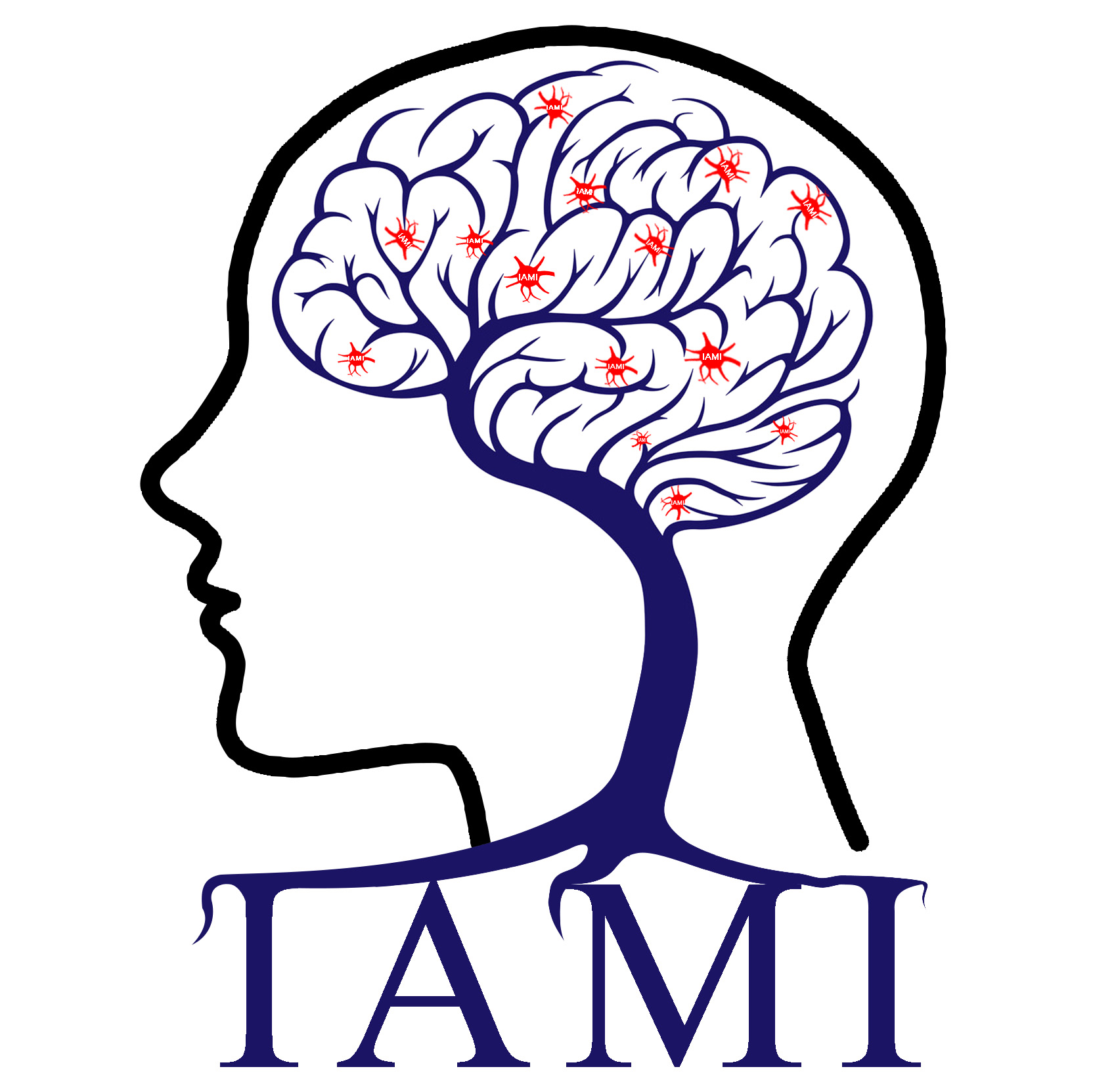
杜宇慧个人网页---智能医学图像分析
地址:中国, 太原
Qingbao Yu*, Lei Wu, David A Bridwell, Erik Barry Erhardt, Yuhui Du, Hao He, Jiayu Chen, Peng Liu, Jing Sui, Godfrey Pearlson, Vince D Calhoun*. Building an EEG-fMRI multi-modal brain graph: a concurrent EEG-fMRI study. Frontiers in Human Neuroscience, 2016, 10: 476-476.
时间:2019-06-12 16:39:40 来源: 点击:[1292]
Abstract
The topological architecture of brain connectivity has been well-characterized by graph theory based analysis. However, previous studies have primarily built brain graphs based on a single modality of brain imaging data. Here we develop a framework to construct multi-modal brain graphs using concurrent EEG-fMRI data which are simultaneously collected during eyes open (EO) and eyes closed (EC) resting states. FMRI data are decomposed into independent components with associated time courses by group independent component analysis (ICA). EEG time series are segmented, and then spectral power time courses are computed and averaged within 5 frequency bands (delta; theta; alpha; beta; low gamma). EEG-fMRI brain graphs, with EEG electrodes and fMRI brain components serving as nodes, are built by computing correlations within and between fMRI ICA time courses and EEG spectral power time courses. Dynamic EEG-fMRI graphs are built using a sliding window method, versus static ones treating the entire time course as stationary. In global level, static graph measures and properties of dynamic graph measures are different across frequency bands and are mainly showing higher values in eyes closed than eyes open. Nodal level graph measures of a few brain components are also showing higher values during eyes closed in specific frequency bands. Overall, these findings incorporate fMRI spatial localization and EEG frequency information which could not be obtained by examining only one modality. This work provides a new approach to examine EEG-fMRI associations within a graph theoretic framework with potential application to many topics.

 您当前的位置:
您当前的位置: